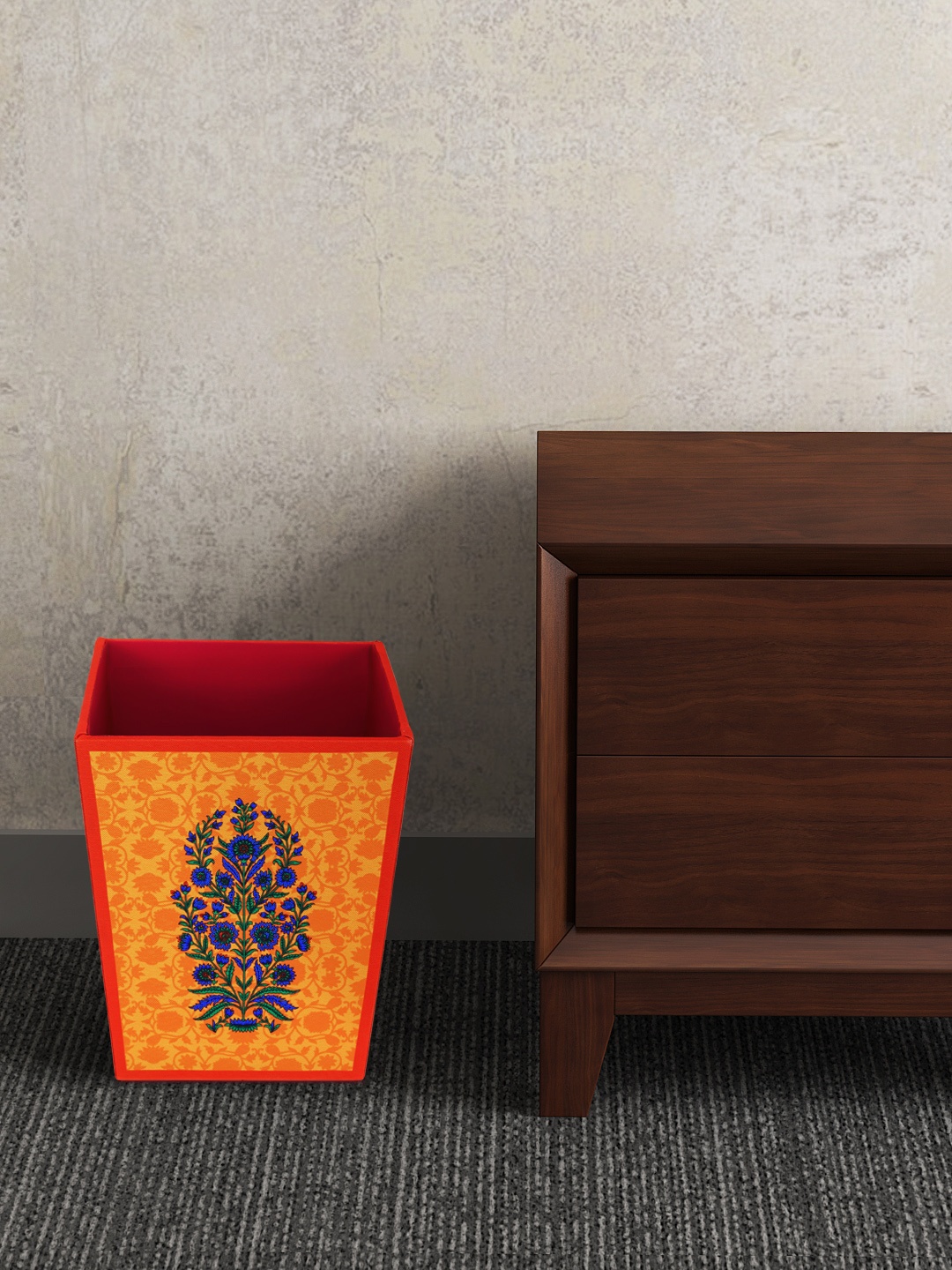Strain Curd Right: Mess-Free Methods For Perfect Results Every Single Time
Struggling with soggy cloths, slippery bowls and kitchen chaos while straining curd? You're not alone. Discover ten practical, fuss-free ways to use a curd strainer like a pro, without turning your countertop into a mini battlefield.

Achieve Perfection: Discover Mess-Free Methods To Strain Curd The Right Way
There's something deeply comforting about a bowl of thick, creamy curd. Whether it's the foundation of a chilled raita, the soul of a luscious shrikhand, or the perfect partner for a spicy paratha, curd is a staple in many homes. But let's be honest: straining curd can feel like a chore straight out of a comedy sketch. Water splashing, cloth slipping, hands dripping… and let's not even get started on that stubborn, drippy mess trailing along the counter.
The good news? Straining curd doesn't have to be a messy affair. With the right tools, a few smart tricks, and a touch of patience, it can actually be satisfying, even a bit meditative. This guide breaks down simple, practical steps to use a curd strainer cleanly and effectively, without turning your kitchen into a mini disaster zone. So, if you've ever ended up with more mess than dahi, this one's for you.

Strain Curd Easily: Mess-Free Methods Promise Perfect, Creamy Results Every Time; Photo Credit: Pinterest
1. Pick The Right Strainer: Size and Shape Matter
The first step is choosing the right curd strainer. It's a bit like picking the perfect filter coffee mug, too small, and you're in for an overflow; too wide, and the curd spreads like gossip at a family gathering.
A good curd strainer should sit snugly over your bowl. It should have fine holes, small enough to hold the curd solids but large enough to let the whey drain out. Metal strainers tend to last longer and are easier to clean, but plastic ones with sturdy frames work well too. What matters most is balance, your strainer shouldn't tilt or topple the moment curd touches it.
Look for one with a handle and resting hooks so it can sit securely over a deep vessel. This allows gravity to do its job while you attend to other kitchen duties, like stopping the milk from boiling over again.
2. Line It Right: Use The Correct Cloth
A strainer without a muslin cloth is like chai without adrak, something essential is missing. The cloth helps hold the curd together while letting out the whey, but not just any cloth will do.
Choose a clean, fine muslin or cheesecloth. An old cotton dupatta works wonders too, just make sure it's washed and scent-free. Avoid towels or thick fabric as they absorb too much and release fibres into your curd.
Rinse the cloth in water and wring it out before placing it over the strainer. This prevents the curd from sticking and makes washing up easier later. Make sure the cloth hangs over the sides so it can be tied or folded without tipping over.
This step might seem tiny, but it sets the tone for a smooth, mess-free process, just like folding a fitted bedsheet right on the first try.
3. Pre-Chill the Curd For Better Results
Warm, freshly set curd might be perfect for a drizzle of honey or a spoonful of sugar, but it's not ideal for straining. Lukewarm curd tends to slip, slide, and separate unevenly, making the entire process harder than it needs to be.
Chilling the curd in the fridge for at least an hour helps it firm up, making it easier to handle. It clings together more nicely and is less likely to spill or splatter during transfer.
This simple trick gives the curd a thicker texture, helps it settle neatly into the cloth, and keeps your hands from getting sticky. Plus, it means less risk of accidentally turning your kitchen counter into a dairy crime scene.
4. Transfer Slowly: Avoid the Splash Zone
There's a real temptation to just upturn the bowl of curd straight into the strainer, but resist that urge. Pouring it all in one go increases the chances of overflow, splashes, or the cloth slipping out of place.
Instead, spoon the curd in gradually, allowing it to settle. This not only avoids mess but also keeps the cloth from sagging or tearing under pressure.
Think of it like filling a pot with rice grains, slow and steady gives you more control, and your countertop will thank you for it. It's also gentler on the curd, helping retain that rich, velvety texture.
5. Tie it Up Securely: No Wiggle Room
Once the curd is in, it's time to secure the cloth. Lift the edges and bring them together like a potli. Tie it tight with a clean rubber band, kitchen twine, or even a cloth napkin.
Make sure the bundle is snug but not squeezed to death. The goal is to hold everything in place while allowing whey to drain naturally. Over-tightening might force the curd through the cloth and undo all your clean work.
Hang the tied potli over the sink or over a bowl using a wooden spoon laid across the top. Let gravity take care of the rest. This part of the process is strangely satisfying, watching the whey drip out slowly like time passing gently on a lazy afternoon.

How To Strain Curd The Right Way: Mess-Free Methods For Perfect Results; Photo Credit: Pinterest
6. Use a Deep Bowl to Catch the Whey
Always place your strainer over a bowl that's deep enough to catch the whey without the bottom of the curd touching it. Nothing spoils a good dahi like it sitting in its own runoff.
A stainless steel bowl or a large glass mixing bowl works well. Just ensure there's at least a few inches of clearance between the bottom of the strainer and the whey pool. This helps maintain the curd's firm texture without it getting soggy again.
Bonus tip: don't throw away the whey. Use it in roti dough, soups, or even for watering plants, it's packed with nutrients and flavour. Waste not, want not, as grandmothers often say.
Also Read: Want Cafe-Style Dips At Home? These Curd Strainers Under ₹500 Will Help You Get There
7. Mind the Timing: Don't Overdo It
Straining curd is all about balance. Too little time and it's watery; too much, and you'll end up with something closer to paneer than hung curd.
For a thick raita base, an hour or two should do the trick. For luscious hung curd for desserts like shrikhand, leave it overnight in the fridge.
Just don't forget about it entirely, set a timer or keep it in plain sight. Leaving it too long can dry out the curd and ruin the taste. You want smooth, spreadable texture, not something that crumbles like stale halwa.
8. Clean-Up Tricks: Make Life Easier
Nobody loves scrubbing curd off muslin. But cleaning up doesn't have to be a headache. Rinse the cloth immediately after use with cold water, that gets most of the curd out before it dries up like forgotten toothpaste on the sink.
Avoid using hot water first, it cooks the curd and makes it cling to the fibres. After rinsing, you can soak it in mild soap water before tossing it into the wash. Pro tip: keep one designated cloth for curd, and don't use it for anything else.
Wash the strainer with warm water and a dash of vinegar to get rid of any lingering smell. A quick rinse, a scrub, and you're done, no drama, no drain clogs.
9. Flavour Matters: Add Extras Before Straining
Here's a clever twist, flavour your curd before you strain it. Mix in grated garlic, a pinch of salt, chopped herbs, or even a dash of roasted cumin. This allows the curd to absorb the flavours while it thickens, giving you a tastier result without needing extra mixing later.
It's like marinating, it brings depth and freshness to simple dishes. Imagine garlic-hung curd smeared on toast or coriander-curd as a dip with samosas. Delicious doesn't always need elaborate effort.
Just make sure the add-ins are dry, not watery chutneys or wet masalas. You want flavour, not extra liquid to deal with during straining.
10. Storage Smarts: Keep it Fresh and Safe
Once your hung curd is ready, transfer it into an airtight container and refrigerate. Don't leave it out on the counter; it spoils quicker than sliced fruit in the sun.
Use glass or steel containers to preserve the freshness. Label it if you're storing different batches, it's easy to forget which one was yesterday's.
Hung curd stays fresh in the fridge for up to 3–4 days. It makes an easy base for dips, spreads, and desserts. Planning meals ahead? Hung curd can be a meal-saver when time's tight and hunger is loud.

How To Strain Curd The Right Way: Mess-Free Methods For Perfect Results; Photo Credit: Pinterest
Products Related To This Article
1. Warmewelt Greek Yogurt Filter 1100ml, Curd Strainer
2. Vayura Hung Curd Strainer Box
3. PANCA Hung Curd Strainer Box | Curd Maker and Greek Yogurt Maker
4. SEAHELTON Greek Yogurt Strainer
5. JD FRESH Greek Yogurt & Curd Maker/Fine Mesh Strainer with Lid
6. ALINCOLN Premium Build Quality Multifunctional Curd Yogurt Filter Strainer
7. ZEVON Basic Addition- Hung Curd Maker for Home
Using a curd strainer without making a mess isn't about mastering complex kitchen science, it's about simple, thoughtful steps that make everyday cooking smoother. With the right tools, a pinch of patience, and a few handy tricks, you can turn straining curd into a neat, efficient part of your kitchen rhythm.
Whether you're making a tangy dip, prepping for a creamy dessert, or just aiming for a mess-free experience, these tips will save your sanity, and your countertops. So next time you're reaching for that bowl of dahi, do it with confidence. The humble curd strainer has your back. Shop now on Amazon.
Disclaimer: The images used in this article are for illustration purpose only. They may not be an exact representation of the products, categories and brands listed in this article.








![Steam Iron Teflon Shoe Cover for ES-300,ST-96 [Only For ES-300 and ST-96 Model Electric Steam Irons]](https://m.media-amazon.com/images/I/51wwkttondL._SL160_.jpg)
















